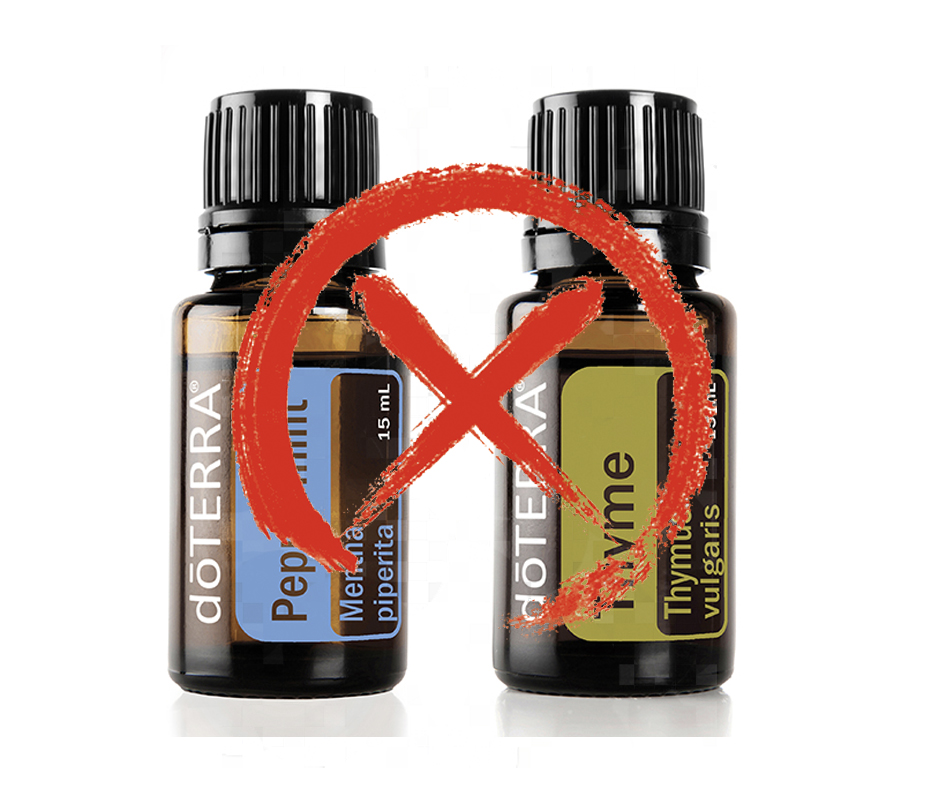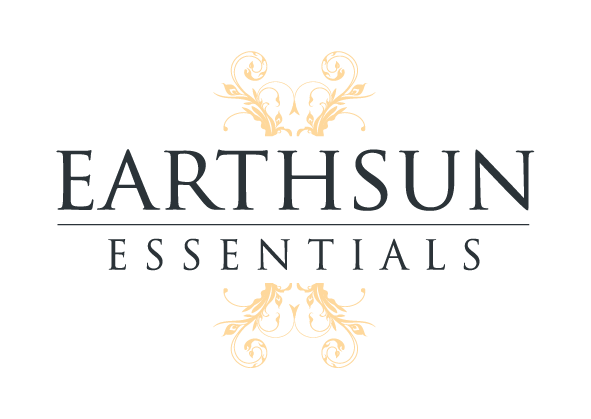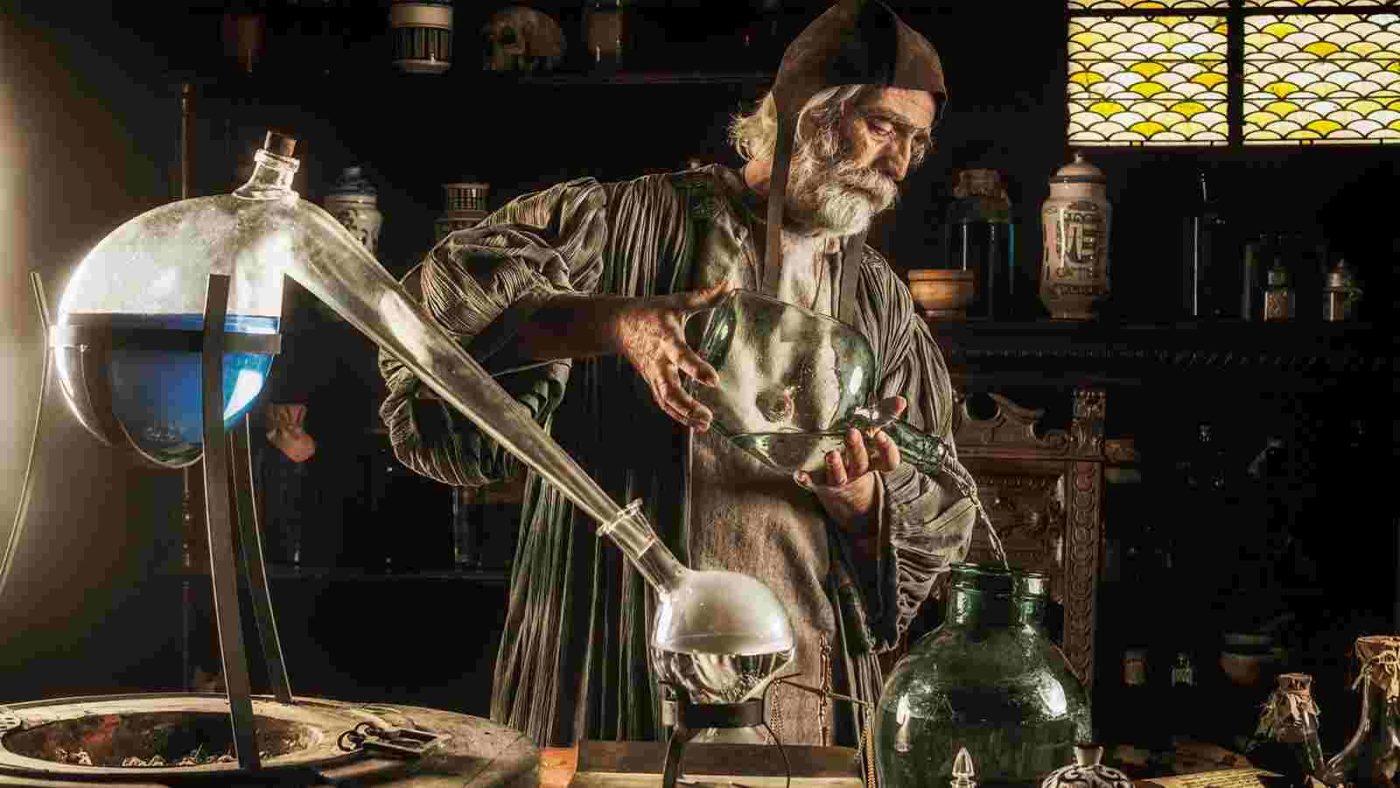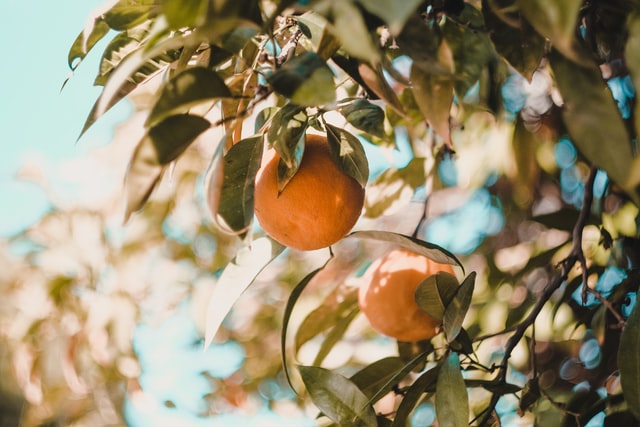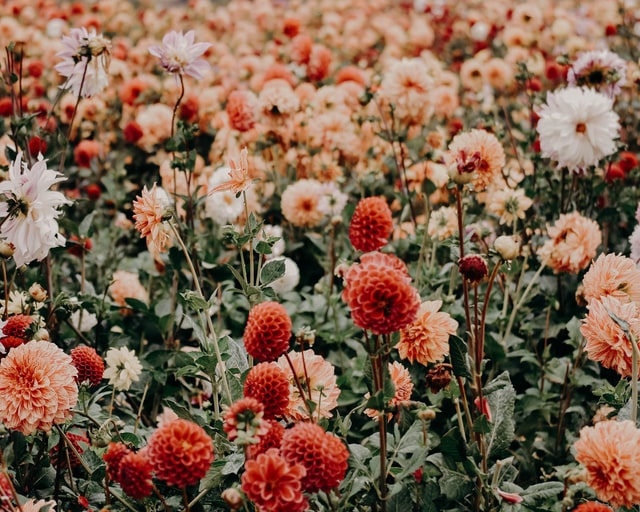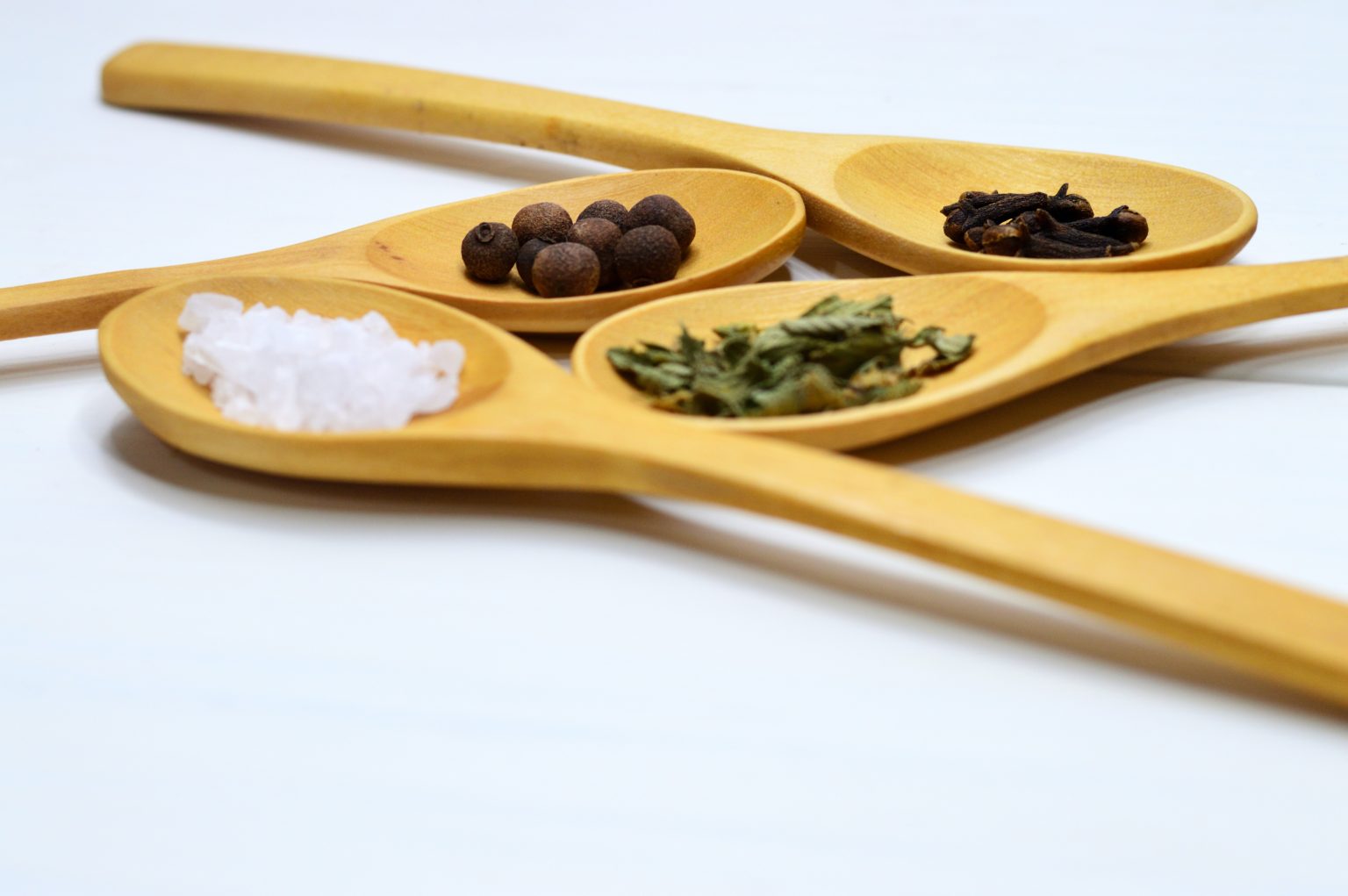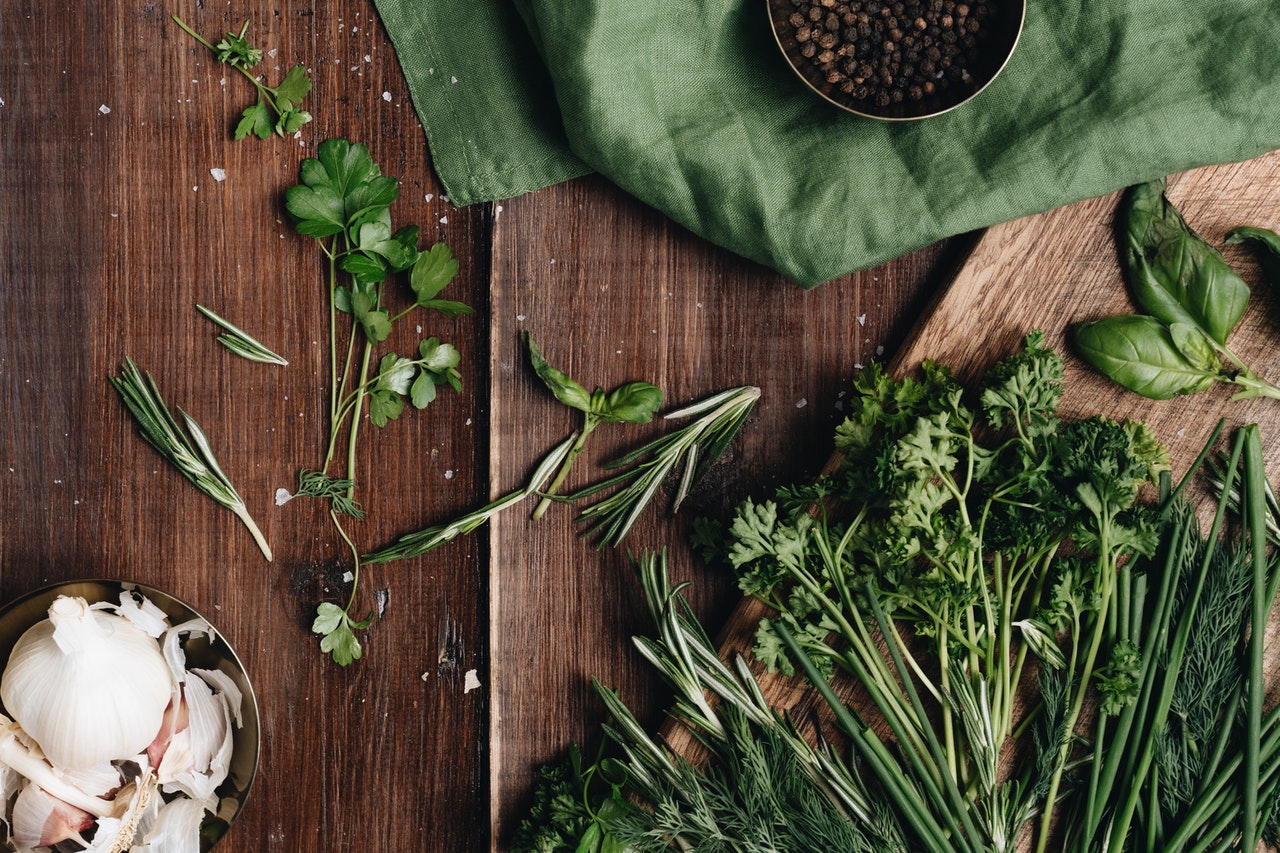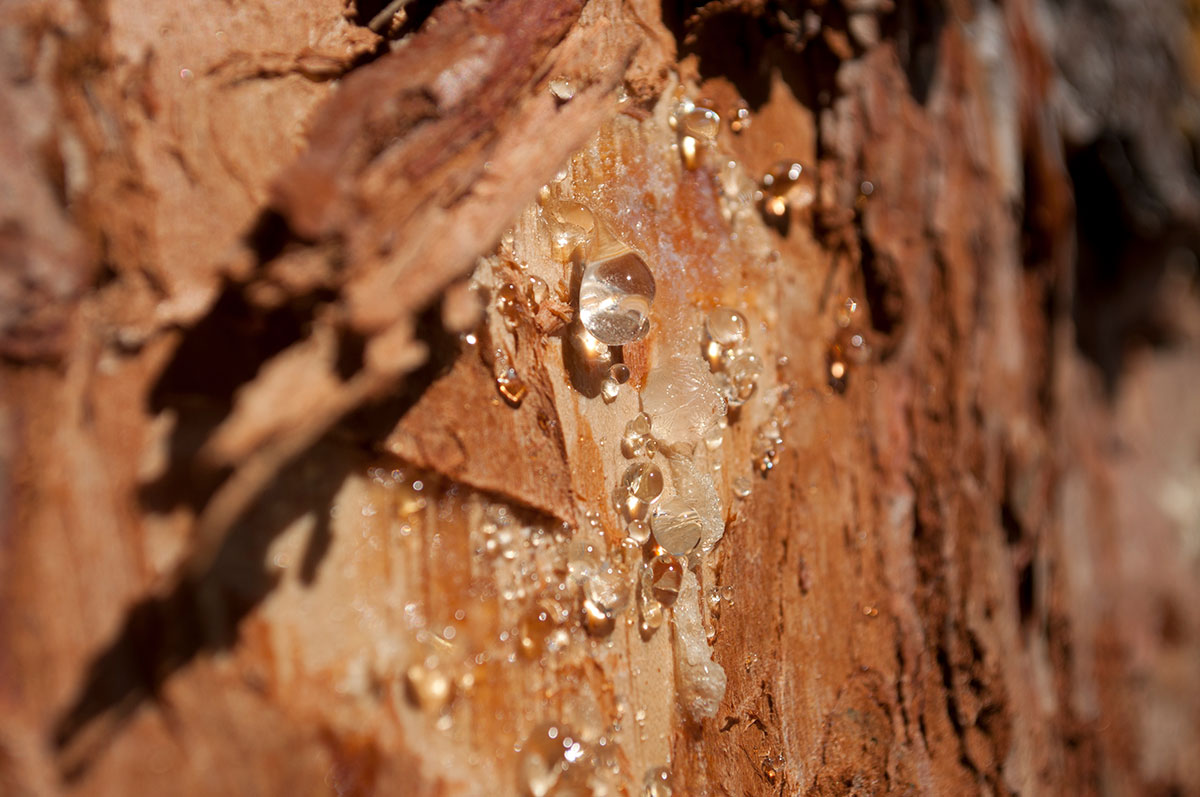Essential Oil Safety, Essential Oils, Essential Oils | Aromatherapy Supplier, Guide to Oils
The Alchemy of oils – What to avoid when making your own blends?
There are plenty of essential oils out there, each with their own unique scents and uses. When blended with each other, they can work together in perfect harmony to create beautiful new fragrance and enhance their benefits.
However, as with everything in essential oils, there are some precautions that should be taken when creating your own pure essential oil blends.
This complete guide will cover how to make your own pure essential oil blends safely and effectively, and what to avoid.
What essential oils can you mix together?
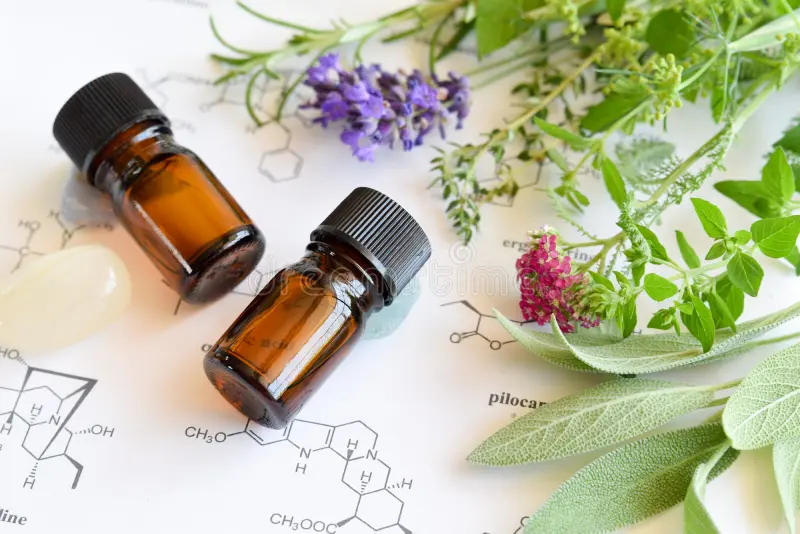
There are 3 factors to take into consideration when selecting oils for a blend.
The first is which essential oils work well together. If you are making a blend specifically for diffusion, then this will be the most important factor.
Begin by grouping your essential oils into scent categories: florals, spices, herbs, roots, leaves, woods, resins and citrus scents. Generally, essential oils from the same category blend together well. However you can also get a little more creative and see which combinations from different categories you enjoy the most.
For example, floral oils often work well with woody oils and citrus scents. Herbal oils tend to work best with woody oils or other herbal scents.
The second factor to consider is the desired outcome of the essential oil blend. Are you trying to create a refreshing, calming, detoxifying, or an uplifting blend? Think about which oils produce the desired outcome for your senses, and then compare this to which scents would blend well together to strike the right balance.

Finally, for the perfect essential oil blend, you should look at scent notes. Essential oils evaporate at different rates. So the fragrance of your blend will change over time.
Essential oils that evaporate quickly (in 1-2 hours) are called top notes. Middle notes take around 2-4 hours to evaporate, whilst base notes evaporate the slowest.
Using essential oils with the same notes is good for consistency. However using 30% top notes (3 drops), 50% middle notes (5 drops), and 20% base notes is generally recommended. Some examples of top notes are Bergamot, Eucalyptus, Grapefruit, Lavender, and Lemon. Chamomile, Cinnamon, Geranium, Jasmine, Rose and tea tree are middle notes. Base notes include Cedarwood, Frankincense, Patchouli, Sandalwood, and Vetiver.
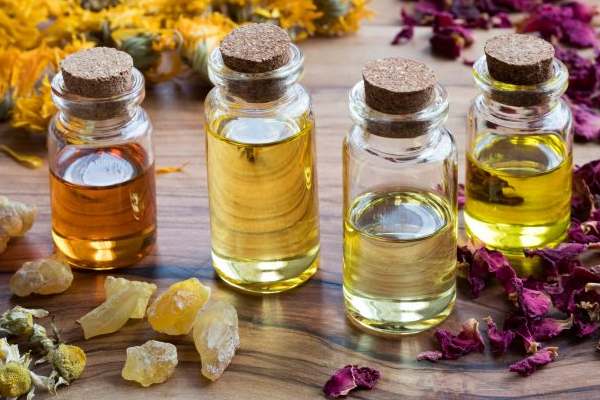
How to blend essential oils
Pure essential oil blends generally include 2-5 oils, as this creates the best synergy between the oils. If you are experimenting with a new essential oils blend for the first time, it is best to just make a small amount so that the oils don’t go to waste if it doesn’t work out.
Aim for around 10 drops in total – 3 top note, 5 middle note, and 2 base note. It may be best to begin by blending pure essential oils into a diffuser.
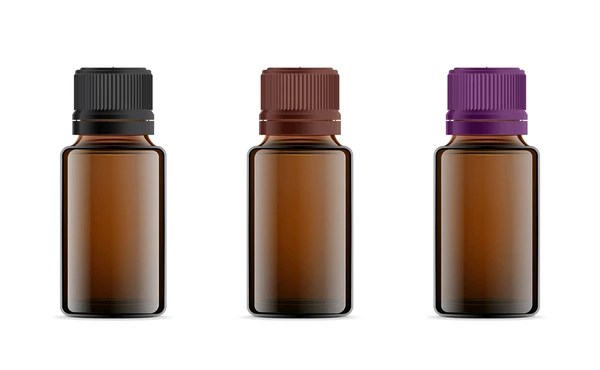
When you have created some pure essential oil blends that you like, you can look into purchasing some empty amber glass bottles to store them or create DIY products with a carrier oil for topical application. Amber glass bottles are a good option as they keep the oil protected from direct sunlight. If you are bottling your blend, leave space at the top of the bottle to allow the oils to breathe and remain fresh.
Once you have made your pure essential oil blend, let it rest for 24-48 hours before use to allow the scent to develop and the oils to harmonise. Also make sure you label it clearly.
Essential oil blends – How to do it safely?
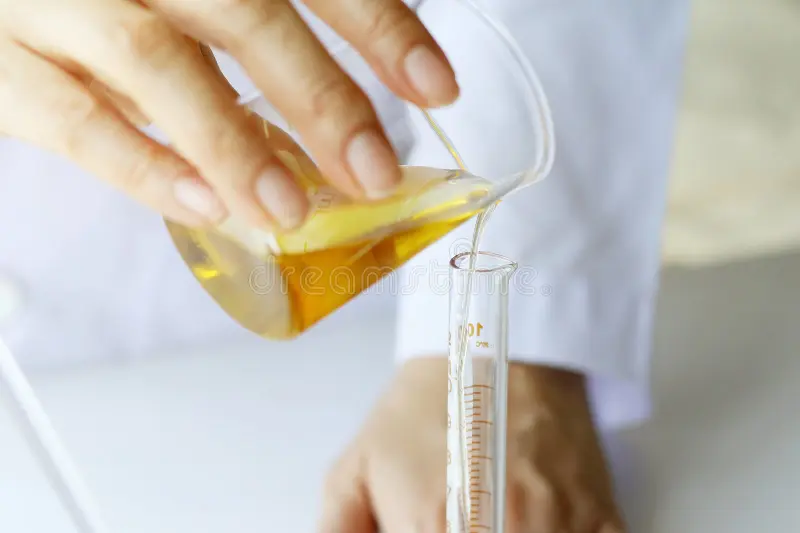
Be aware of which pure essential oils you are using, as some like orange and lemon essential oils are known to irritate the skin.
Take steps to avoid contact with the skin, especially if you are using any of these pure essential oils, or any that are phototoxic.
Keep in mind that if you are creating an essential oil blend for direct application, it may need to be mixed with a carrier oil before application. If you are making blends to stock, keep a note of exactly which oils are in the blend so that you are aware of the specific safety guidelines for each ingredient.
Top things to avoid when making your own blends
Whilst there is plenty of space for your own creativity and experimentation when making your own essential oil blends, there are certain things that should be avoided.
Avoid using metallic bowls or storage containers. Some metals, such as aluminum can react with the essential oil blend and leach into your blend.
Avoid using plastic bowls. Some plastics have a tendency to absorb the oils, making it almost impossible to remove all the essential oil from the bowl afterwards.
Avoid putting your utensils in the dishwasher without rinsing them first. Any more than just a couple of drops of pure essential oil can actually damage the internal workings of your dishwasher.
Avoid irritating your skin. As you may be well aware, some essential oils should be diluted before applying on your body. If any of these oils are used in your blend, take care to avoid any contact with the skin.
Avoid using your essential oil blend straight away. Essential oil blends require a rest period of 24-48 hours to allow the oils to synergise and develop the blend’s aroma.
Avoid making too much. When you are experimenting, there is a good chance that the essential oil blend may not work out, and you don’t want to waste too much oil. Even if you have made an essential oil blend before, just the slightest tweak in the recipe can change the outcome drastically.
Avoid forgetting what was in the essential oil blend. Always write down exactly what you used. Not only is it easier to recreate, but it also ensures safe usage down the line.
Avoid using low-quality oils. Only high-quality oils should be used in your essential oil blend.
Avoid using ready-made blends in your blends. These blends already contain several oils that have been selected because they harmonies well together. You don’t know the exact quantities of each ingredient, so trying to alter it will most likely not work out.
Which pure essential oils should not be mixed together?
Some essential oils have been found to have adverse effects when blended with other natural essential oils. Generally, mixing the wrong oils together will just lead to an unpleasant odour, however, there may be other side effects.
For example, the scent of Peppermint and Lemon blended together produces a disagreeable odour. The combination of Peppermint and Thyme may lead to stomach irritation. There is also some evidence that skin irritation may be caused by the combination of Peppermint and Ylang Ylang, or Grapefruit blended with Lemon. It has also been suggested that the combination of Peppermint and Jasmine may cause irritation to the respiratory system.
Mixing your own essential oil blends can be fun and exciting, and you may discover new blends that you love. However, as with the general use of essential oils, safety advice needs to be at the forefront of your mind as you experiment.
